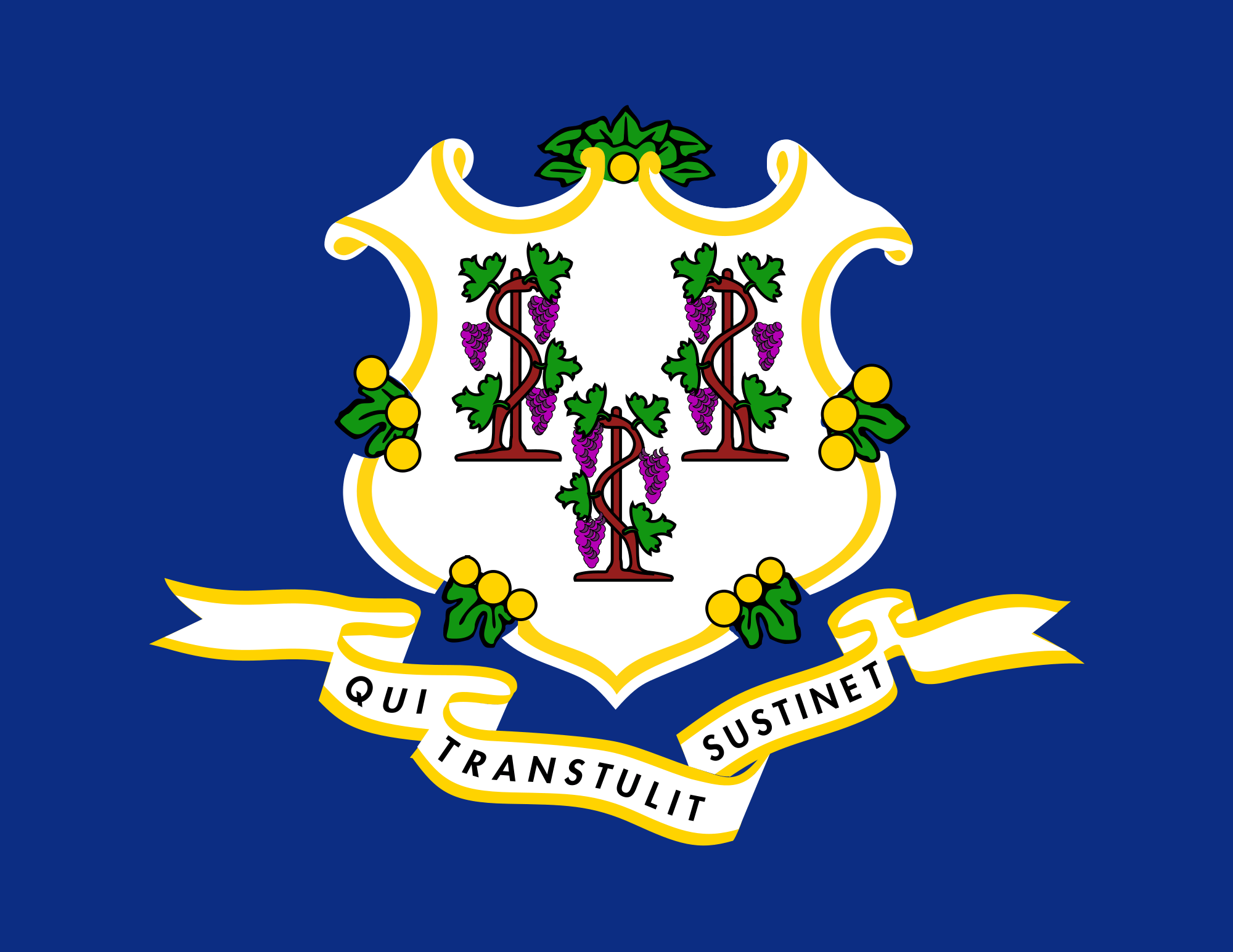The Connecticut Department of Labor (CTDOL) recently issued nonbinding guidance on amendments to the Connecticut Family and Medical Leave Act (CTFMLA) that will become effective January 1, 2022. The primary point of the guidance is to clarify the CTDOL’s position on eligible employee leave entitlements, when the leave commenced in 2021 continues into 2022.
According to the CTDOL, as of January 1, 2022, eligible employees are entitled to 12 weeks of unpaid job-protected leave in a 12-month period—including leave that began in 2021, prior to the effective date of the amendments. This is in contrast to the 16 weeks of leave under the CTFMLA currently available to employees during a 24-month period, or at least until January 1, 2022.
Background on the CTDOL’s Guidance
As most Connecticut employers are aware, on June 25, 2019, the State of Connecticut enacted the Paid Family and Medical Leave Act (PFMLA), creating the Connecticut Paid Leave (CTPL) program. Under the state’s comprehensive paid family and medical leave program, eligible employees are permitted to apply for wage replacement benefits through the Connecticut Paid Leave Authority to cover qualifying absences. The wage replacement benefits are funded by a 0.5 percent mandatory employee payroll tax, which most Connecticut employers were required to begin withholding as of January 1, 2021, and to begin remitting to the Connecticut Paid Leave Authority on a quarterly basis. Eligible employees can begin receiving paid leave benefits on January 1, 2022, and applications for benefits are expected to be available from the Connecticut Paid Leave Authority in December 2021.
In addition to creating the CTPL program, the act also amends the CTFMLA in several substantive ways. For example, effective January 1, 2022, the CTFMLA will apply to just about all employers, even those that have only one Connecticut employee. The act also expands the reasons an employee will be eligible for CTFMLA leave, and makes leave available to employees who have been employed for as few as three months. Under the current CTFMLA, an employee must have been employed for 12 months, and worked at least 1,000 hours preceding the leave request to be eligible for CTFMLA leave.
Notably, under the existing CTFMLA, eligible employees are entitled to 16 weeks of unpaid job-protected leave in a 24-month period. On January 1, 2022, eligible employees will be entitled to 12 weeks of paid job-protected leave in a 12-month period. Employees are also eligible for an additional two weeks of paid CTFMLA leave for certain serious health conditions occurring during a pregnancy.
The act does not address how much CTFMLA leave an employee is entitled to if the employee commences the leave in 2021 (prior to the effective date of the amendments), and it extends into 2022. However, as reflected in the new guidance, it is the CTDOL’s position that if an employee commences CTFMLA prior to January 1, 2022, and the leave extends into 2022, “the duration of [the] CTFMLA leave would be capped at 12 weeks in the applicable 12-month period as of January 1, 2022, even if [the employee was] approved for, and commenced, 16 weeks of CTFMLA leave in 2021.”
The CTDOL also takes the position that “in 2022, the employer can look back over the applicable 12 month period to see if the employee has used any leave to determine if they have time available.” As a result, it is presumably possible for an employee to have exhausted his or her 12-week CTFMLA entitlement as of January 1, 2022, even if the employee would have had additional time available applying the prior 16-week entitlement.
The guidance provides the following examples addressing several methods used to determine the amount of CTFMLA leave an employee has used within a 12-month period:
| Method | CTDOL’s Definition of Method | Example |
| Rolling Back Method | According to the CTDOL, under this method the “12-month period [is] measured backward from the date an employee uses any CTFMLA leave,” meaning that “each time an employee takes CTFMLA leave, the remaining leave entitlement would be the balance of the 12 weeks which has not been used during the immediately preceding 12 months.” |
|
| First Day of Leave Going Forward | According to the CTDOL, under this method the “12-month period [is] measured forward from the first date an employee takes CTFMLA leave. The next 12-month period would begin the first time CTFMLA leave is taken after completion of the prior 12-month period.” |
|
| Calendar Year | According to the CTDOL, under this method the “12-month period that runs from January 1 through December 31.” | “No need to look back as the employer resets leave entitlement every January 1. All eligible employees will have 12 weeks of leave available on January 1, 2022.” |
| Any Fixed 12-Month Period | According to the CTDOL, under this method the “12-month period [is a fixed period selected by the employer] such as a fiscal year (for example, October 1 through September 30) or a year starting on an employee’s anniversary date.” |
|
Key Takeaways
Connecticut employers may want to review their leaves of absence policies and practices to ensure they comply with changes occasioned by the act. This may include revising a preexisting CTFMLA policy. Employers that were previously not subject to the CTFMLA may want to consider implementing a CTFMLA policy and also consider ensuring proper procedures are in place to respond to employee requests for CTFMLA leave. Finally, and as noted by the CTDOL in its guidance, the CTFMLA and CTPL “are separate, and, depending on the circumstances, may or may not apply simultaneously to all or a portion of an eligible employee’s family or medical leave.” Employers may want to review their leaves of absence policies and entitlements to determine how the CTFMLA, CTPL, federal Family and Medical Leave Act, employer-provided paid leave, and other leave entitlements will be applied, in the event an employee is eligible for leaves under those provisions concurrently.






